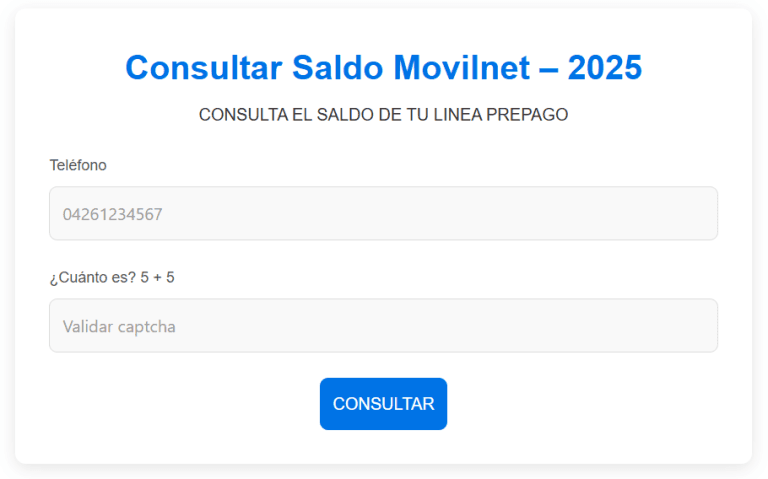How to Properly Charge a Power Bank?

Power banks have revolutionized how we stay connected, yet most users don’t realize their charging habits directly impact battery longevity. A properly maintained power bank can serve you reliably for 3-5 years, while poor charging practices might kill it in just 12 months. Many people unknowingly stress their power banks by using wrong chargers, charging at inappropriate times, or ignoring warning signs. Understanding proper charging techniques saves money and prevents potential hazards.

Choosing the Right Charger & Cable
Avoid Cheap/Uncertified Charging Cables
That bargain-bin USB cable might seem like a great deal, but it could be slowly damaging your power bank. Low-quality cables often have thinner wires that can’t handle proper current flow, leading to voltage drops and excessive heat generation. Many lack proper shielding, which causes power fluctuations during charging. You’ll notice these inferior cables often get warm during use and may charge your power bank inconsistently. Always look for cables with proper certification marks like USB-IF logos or MFi certification for Lightning connectors.
Match Input Voltage/Current Specifications
Every power bank has specific input requirements printed on its label or in the manual. Using a charger with too high voltage can overwhelm the internal circuitry, while one with too low amperage will result in painfully slow charging. The ideal charger should match both the voltage (typically 5V) and meet or slightly exceed the current rating (usually 1A, 2A, or higher for fast-charging models). Many modern power banks support USB-C Power Delivery or other fast-charging standards – using compatible chargers unlocks their full potential.

Optimal Charging Habits
Developing good charging routines significantly extends your power bank’s usable life. The ideal approach is to charge before it drops below 20% capacity, but don’t feel compelled to always charge to 100%. Lithium-ion batteries experience less stress when kept between 20-80% charge for daily use. For long-term storage, maintaining about 50% charge is ideal to prevent capacity loss. Always charge your power bank in a cool, well-ventilated area – never under pillows or in direct sunlight where heat can build up. If you notice the unit getting unusually warm during charging, unplug it immediately and let it cool down. Periodic full discharge-charge cycles (about once every 2-3 months) help calibrate the battery indicator, but shouldn’t be done too frequently as they strain the battery.
Maintaining Battery Health Long-Term
Store at 40-60% Charge If Unused for Weeks
Power banks left unused for extended periods need special care to prevent battery degradation. Storing at full charge accelerates chemical aging, while empty storage can cause the battery to enter a deep discharge state that permanently damages cells. The sweet spot is around half charge (40-60%) which keeps the battery stable with minimal stress. Before storing, clean the ports and place the power bank in a cool, dry place away from direct sunlight. Ideal storage temperature is between 15-25°C (59-77°F) – avoid places like car glove compartments that experience extreme temperature swings.
Perform Full Charge-Discharge Cycles Occasionally
While frequent full cycles wear out lithium batteries faster, occasional complete discharges help maintain accurate battery level indicators. About once every 2-3 months, use your power bank until it automatically shuts off, then charge it uninterrupted to 100%. This process recalibrates the internal circuitry that estimates remaining capacity. You’ll notice many power banks gradually become less accurate at reporting battery levels over time – these calibration cycles help correct this. However, don’t make this a regular habit, as deep discharges strain the battery chemistry.
Clean Charging Ports Regularly
Dust and lint accumulation in charging ports causes multiple problems – from poor connections to complete charging failure. Every few months, inspect your power bank’s ports with a flashlight and gently remove debris using a dry toothbrush or compressed air. For stubborn dirt, use a wooden toothpick (never metal) to carefully dislodge particles. Dirty ports can lead to intermittent charging, overheating at the connection point, or even short circuits.
Common Charging Mistakes to Avoid
Using While Charging
Many power banks support pass-through charging (charging devices while being charged themselves), but this generates significant heat and should be avoided when possible. The dual power conversion process creates extra stress on internal components and accelerates battery degradation. Heat is the enemy of lithium batteries, and sustained high temperatures during simultaneous charging/discharging can permanently reduce capacity. If you must use this feature, keep sessions short and monitor the temperature closely.
Charging from Low-Power Sources
Laptop USB ports typically provide only 0.5A of current – half what most power banks need for efficient charging. Using these weak sources forces your power bank to charge at reduced current for extended periods, keeping internal components active longer than necessary. This not only takes forever (sometimes 10+ hours for a full charge), but the prolonged charging state creates unnecessary wear. Always use a proper wall charger that can deliver at least 1A, preferably matching your power bank’s maximum input rating.
Ignoring Swelling/Bulging Batteries
A swollen power bank is a serious hazard warning that many users tragically ignore. The bulging occurs when internal battery cells degrade and release gas – a condition that can lead to leaks or even fires. If your power bank’s casing appears warped or the sides feel unusually tight, stop using it immediately. Don’t attempt to puncture or dispose of it in regular trash – contact an e-waste facility for proper handling.
Conclusion
Proper charging techniques can double or triple your power bank’s useful life while maintaining its safety and performance. By following these guidelines – using quality chargers, developing smart charging habits, and avoiding common mistakes – you’ll get reliable power whenever you need it. For those seeking a particularly durable option, EcoFlow’s power banks stand out for their advanced battery management systems that optimize charging efficiency and safety. Remember that how you charge your power bank matters just as much as how you use it, and these small daily decisions collectively determine its long-term reliability.






